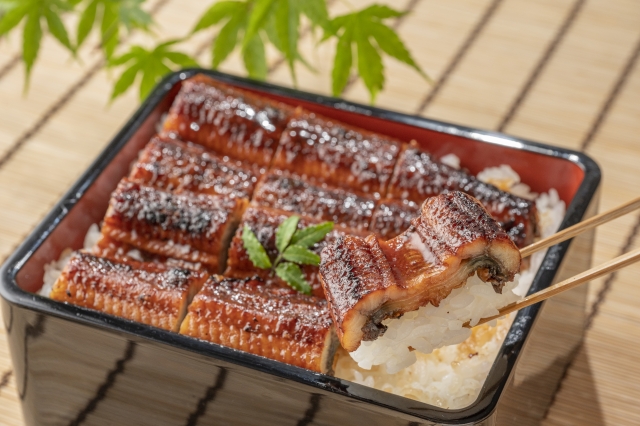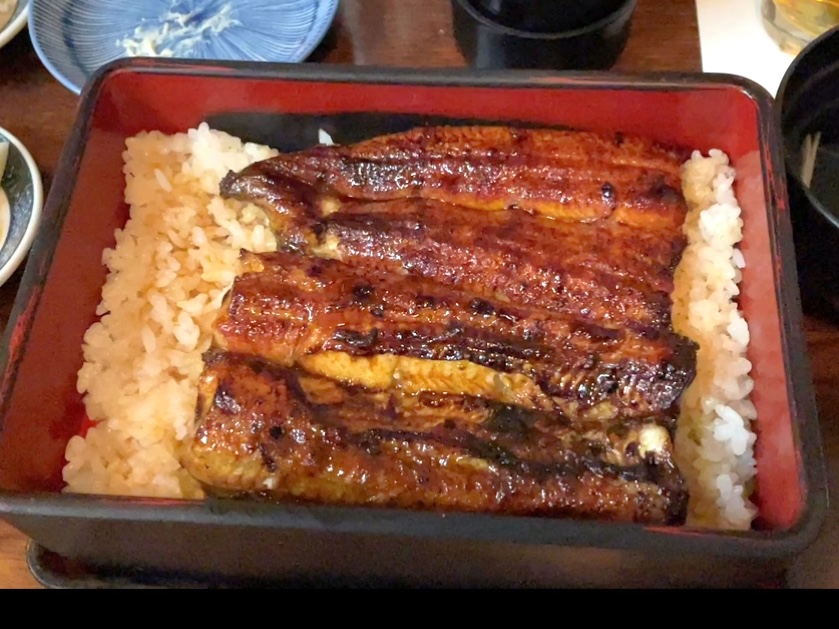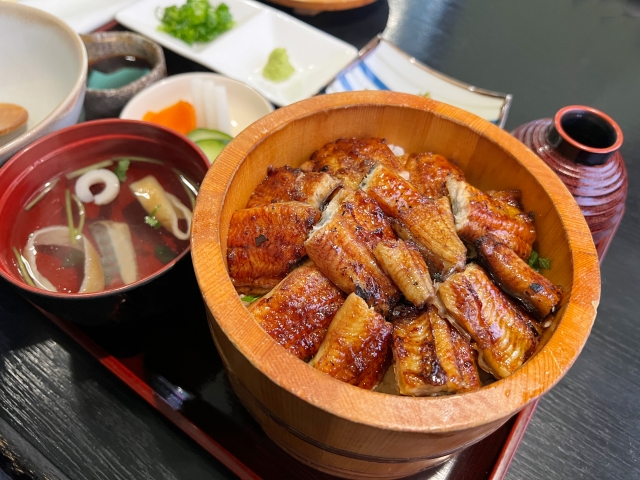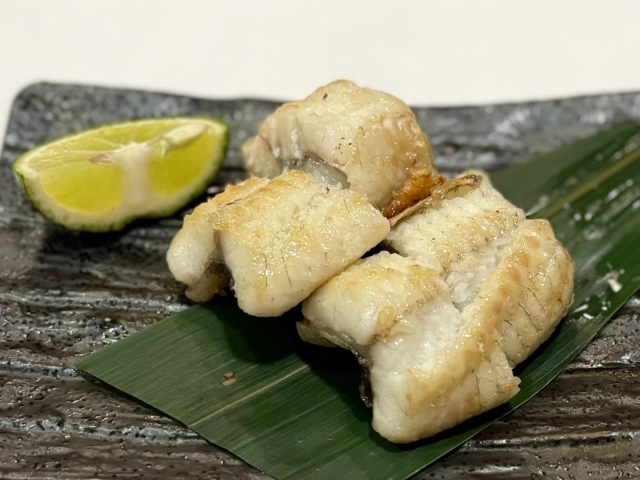What is Unagi?
Unagi, or freshwater eel, is a traditional Japanese delicacy, particularly enjoyed during summer for its rich flavor and energy-boosting properties. Often grilled and seasoned, unagi is known for its tender texture and savory-sweet glaze when served as kabayaki. It holds a special place in Japanese cuisine and culture.

History of Unagi
Unagi has been a part of Japanese culinary traditions since ancient times, with mentions in Heian-era literature. The kabayaki style, where eel is grilled with a sweet soy-based sauce, became popular during the Edo period. Today, eating unagi on “Doyo no Ushi no Hi” (Midsummer Day of the Ox) is a beloved tradition, symbolizing nourishment and stamina for the hot summer days.
Type of Unagi

These dishes consist of grilled unagi served over a bed of rice. Simply enjoy each bite with the rich kabayaki sauce.

This dish is eaten in stages. Start by enjoying it plain, then add condiments such as wasabi, green onions, and nori for flavor. Finally, pour dashi (soup stock) over the rice and eel to enjoy as a comforting ochazuke.

Dip it lightly in soy sauce with a dash of wasabi to experience the pure flavors of the eel.
Nutritional Value of Unagi
Unagi is packed with nutrients, including vitamins A, E, and D, as well as omega-3 fatty acids and high-quality protein. These attributes make it a nourishing choice, especially during the hot summer months.
How Unagi is Made
- Preparation: Fresh eels are cleaned and filleted.
- Kanto Style: Split along the back and steamed before grilling.
- Kansai Style: Split along the belly and grilled directly.
- Grilling with Sauce: Fillets are coated with a sweet soy-based sauce (tare) and grilled over charcoal for a caramelized finish.
- Serving: Served over rice (Unadon/Unaju) or plain (Shirayaki), sometimes with condiments or broth (Hitsumabushi).
Cultural Significance of Unagi
Beyond its culinary appeal, unagi is a cultural icon in Japan. The “Doyo no Ushi no Hi” tradition underscores its role as a stamina-boosting food. Additionally, each region boasts its own unique take on unagi dishes, adding diversity to the experience.
Sustainability Considerations
Due to overfishing and declining eel populations, unagi is considered a high-value, endangered delicacy. Choosing certified farm-raised unagi supports sustainable practices and helps preserve this cultural treasure for future generations.
Comments